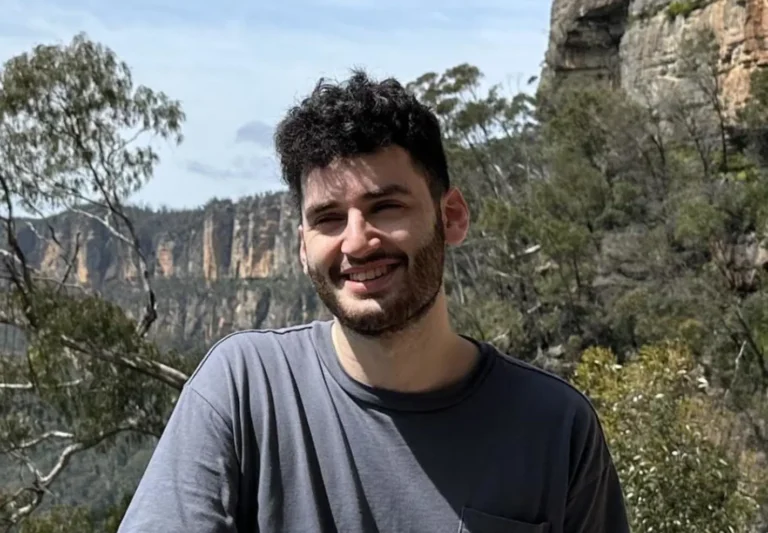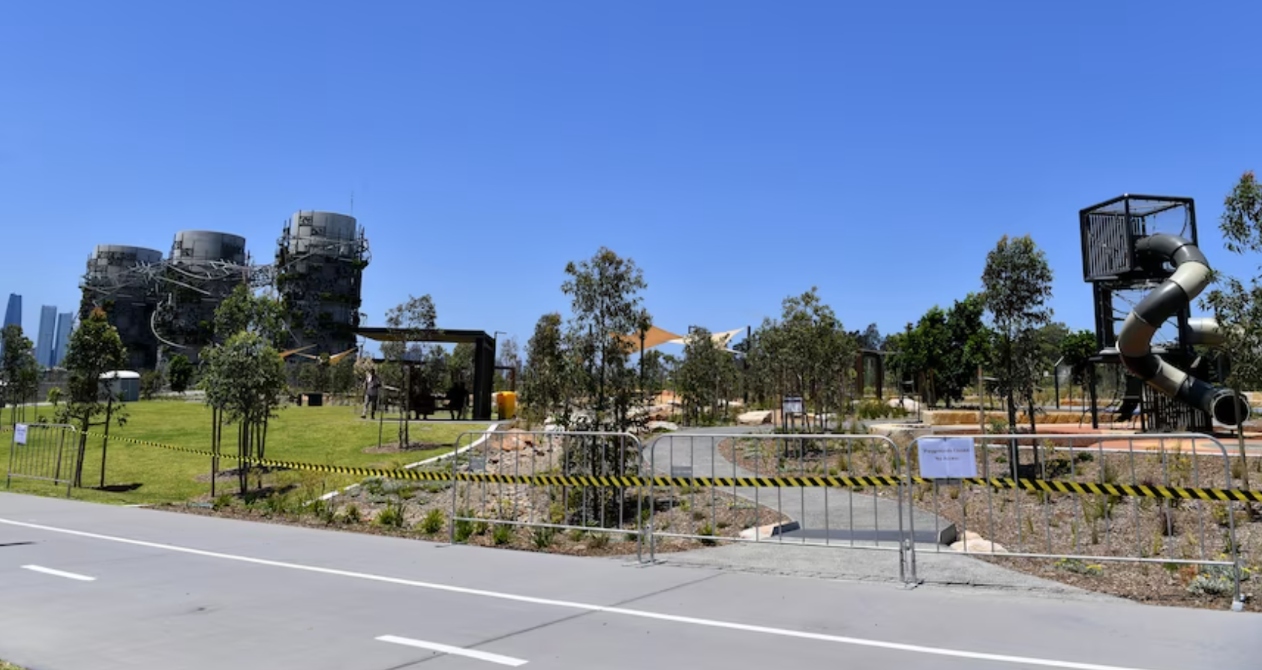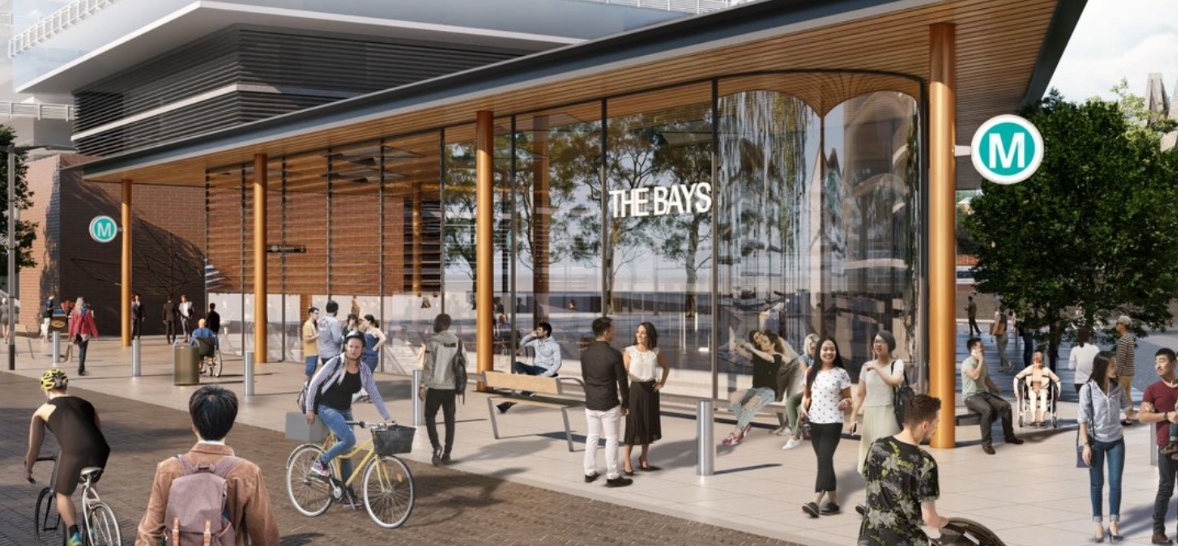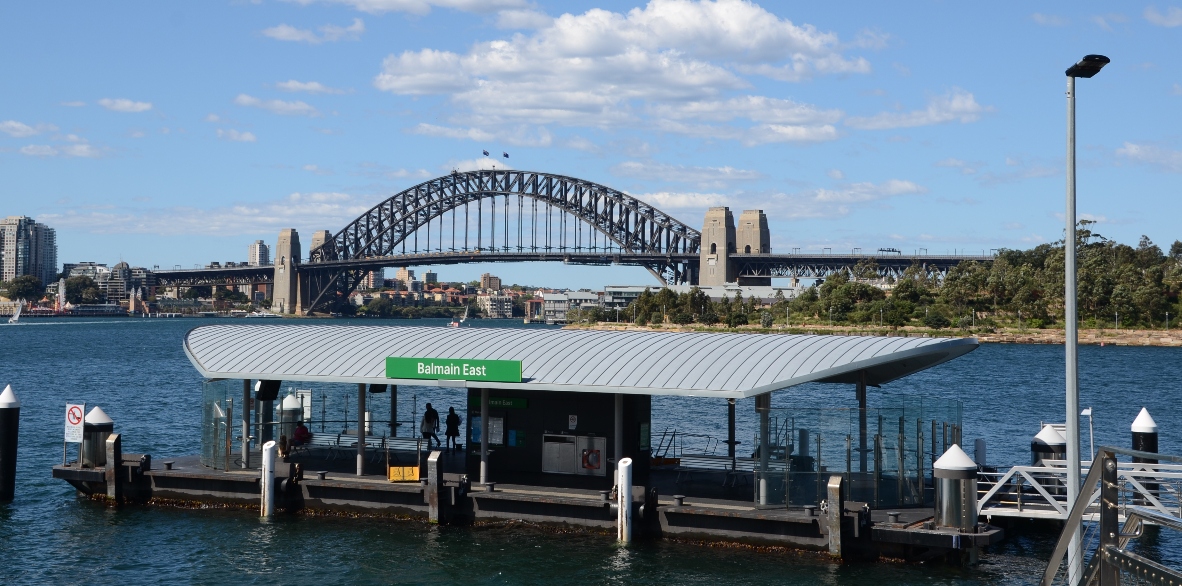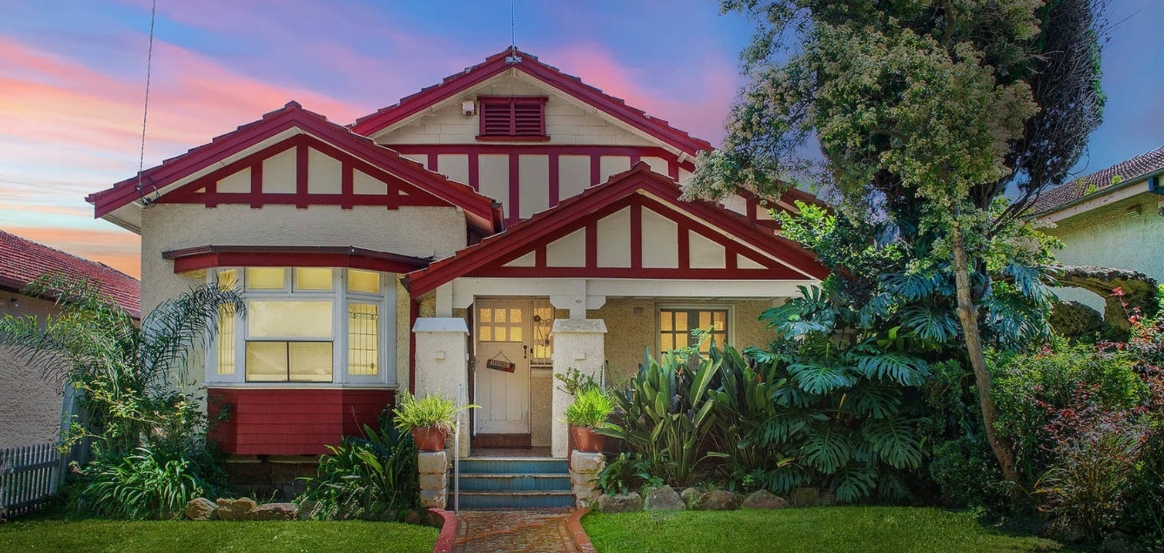
One size fits all model for Sydney parklands draws criticism
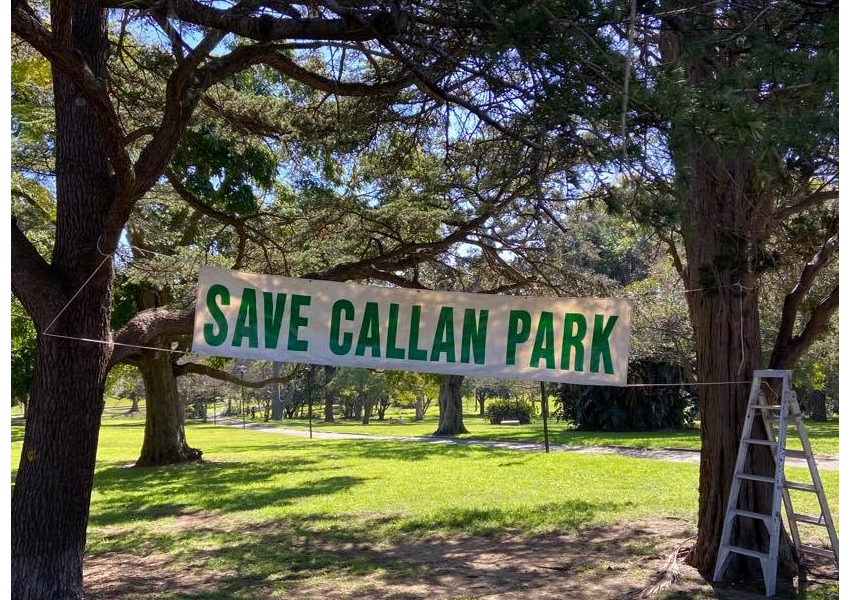
By EVA BAXTER
Minister for Planning and Public Spaces Rob Stokes released at the end of May a white paper for public consultation which proposes to legislate the Greater Sydney Parklands (GSP).
GSP is a NSW government super agency established last year to oversee more than 6,000 hectares of parklands, Centennial Parklands (Centennial, Moore and Queens parks), Callan Park, Parramatta Park, Western Sydney Parklands and Fernhill Estate.
On June 12th in Potts Point, the Alliance for Public Parklands held a discussion of community advocates on the implications of the GSP.
Katy Grusoven helped convene the Alliance after “alarm bells” were raised at the GSP’s announcement. Blacktown & District Environment group, Friends of Callan Park, Centennial Park Residents’ Association, Friends of Fernhill and Mulgoa Valley, and North Parramatta Residents’ Action Group began talking.
“We had all individually been up against the same threats to the parklands: commercial exploitation, encroachments, nibbling at the biscuit,” said Grusoven.
Minister Stokes attended the Alliance’s first public forum in February.
There he explained he wanted “[…] to make sure that I was not unnecessarily spending money on duplicating processes and running multiple administrative bodies, which has meant that we’ve been able to afford estimates to provide an extra $1.6 million toward the parks themselves.”
Taking out the trusts
There are currently 3 trusts established under 4 Acts, created over many years, managing 5 parks according to the white paper, “all of this legislative complexity generates unnecessary costs that do not contribute to the improvement of parks.”
The GSP plans to remedy this by creating an independent board with a combined administrative model.
Linda Bergin OAM, advocate for public parklands said, “around 24 trustees with deep knowledge of these parklands have been reduced to eight, mostly new and with little previous parklands experience.”
“The proposal is for a self-funding GSP, so trustees will be thinking about money more than trees and grass.”
The white paper proposes investigating new, innovative ways to fund the parklands while maintaining all the protections in the existing Acts that prohibit land sale and retain the conservation function of the existing Acts.
Stokes gave $14 million for improvements to Callan Park, yet simultaneously transferred 62% of the site to Centennial Park trust. The level of development and commercial activity allowed in Centennial Park is greater than under the Callan Park Act.
Hall Greenland, president of Friends of Callan Park, suggests the proposed model “be turned upside down, and the GSP board be merely a coordinating body, that it be representative and that each of the parks have community trust boards that are representative, transparent, democratic, and have a say in everything that concerns their park before the board actually makes any decisions.”
Greenland said parklands should not have to pay for themselves, or raise funding, they should be properly funded by governments.
The Alliance for Public Parklands has met with Stokes, is participating in several Elton Consulting roundtables, and will be responding to the white paper in another forum in a conversation Q&A in parliament house.

